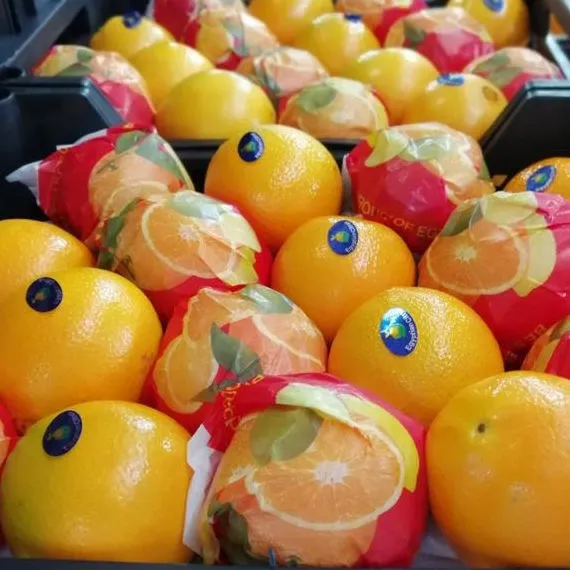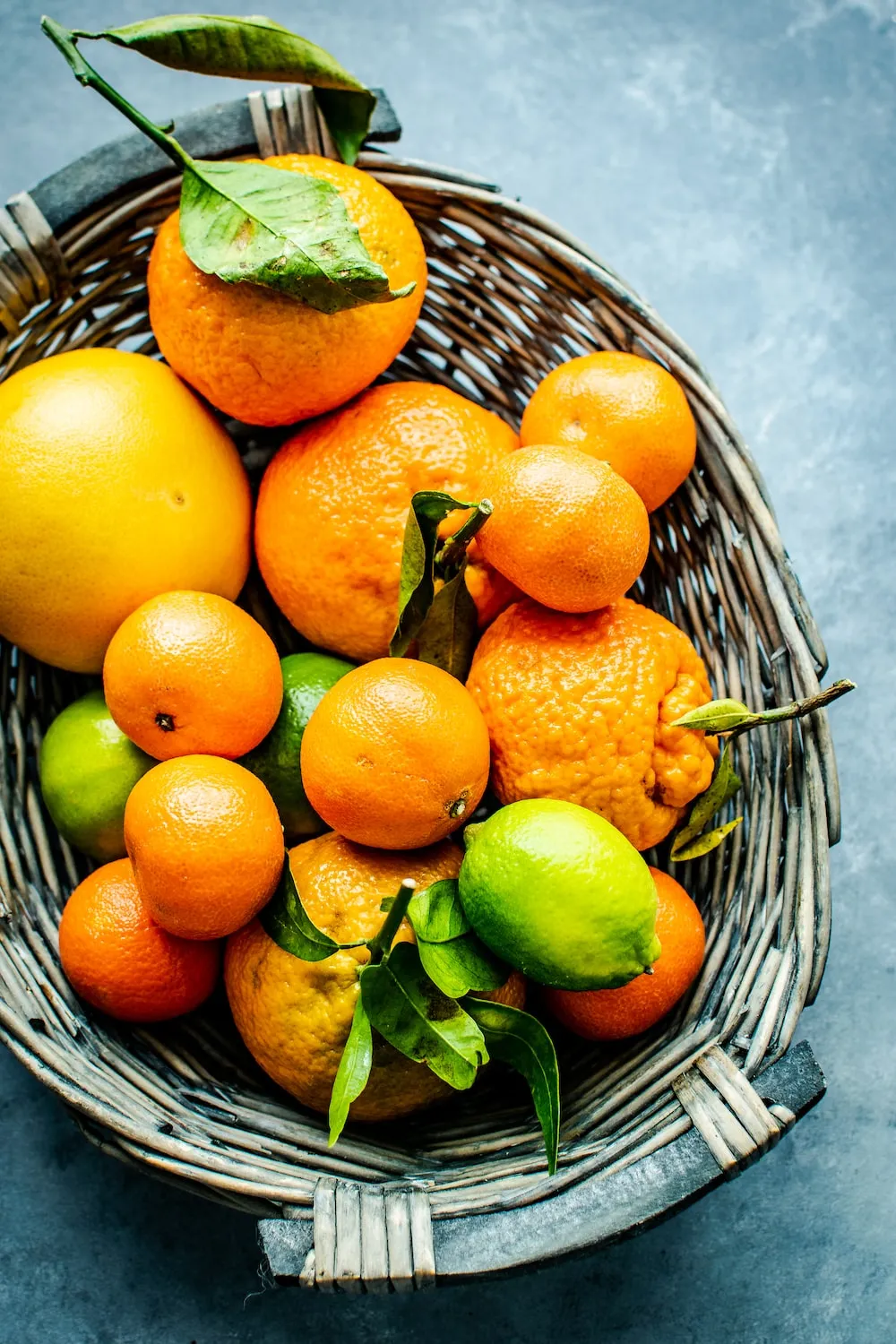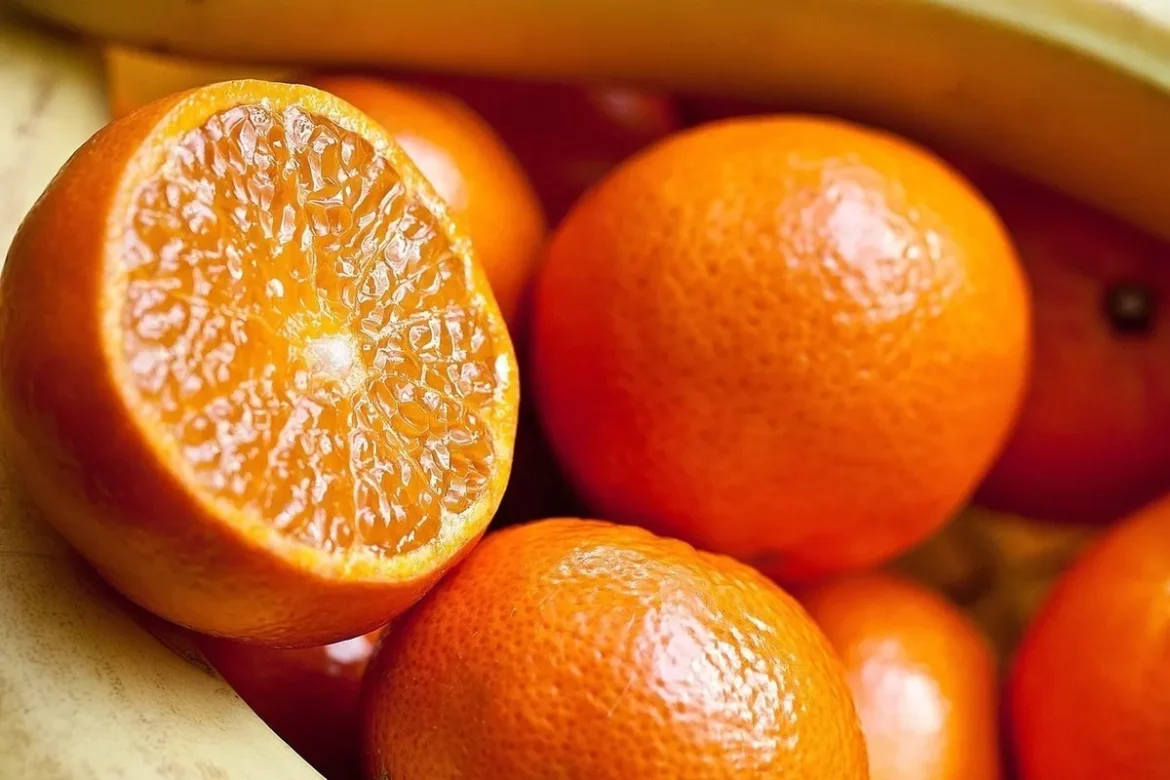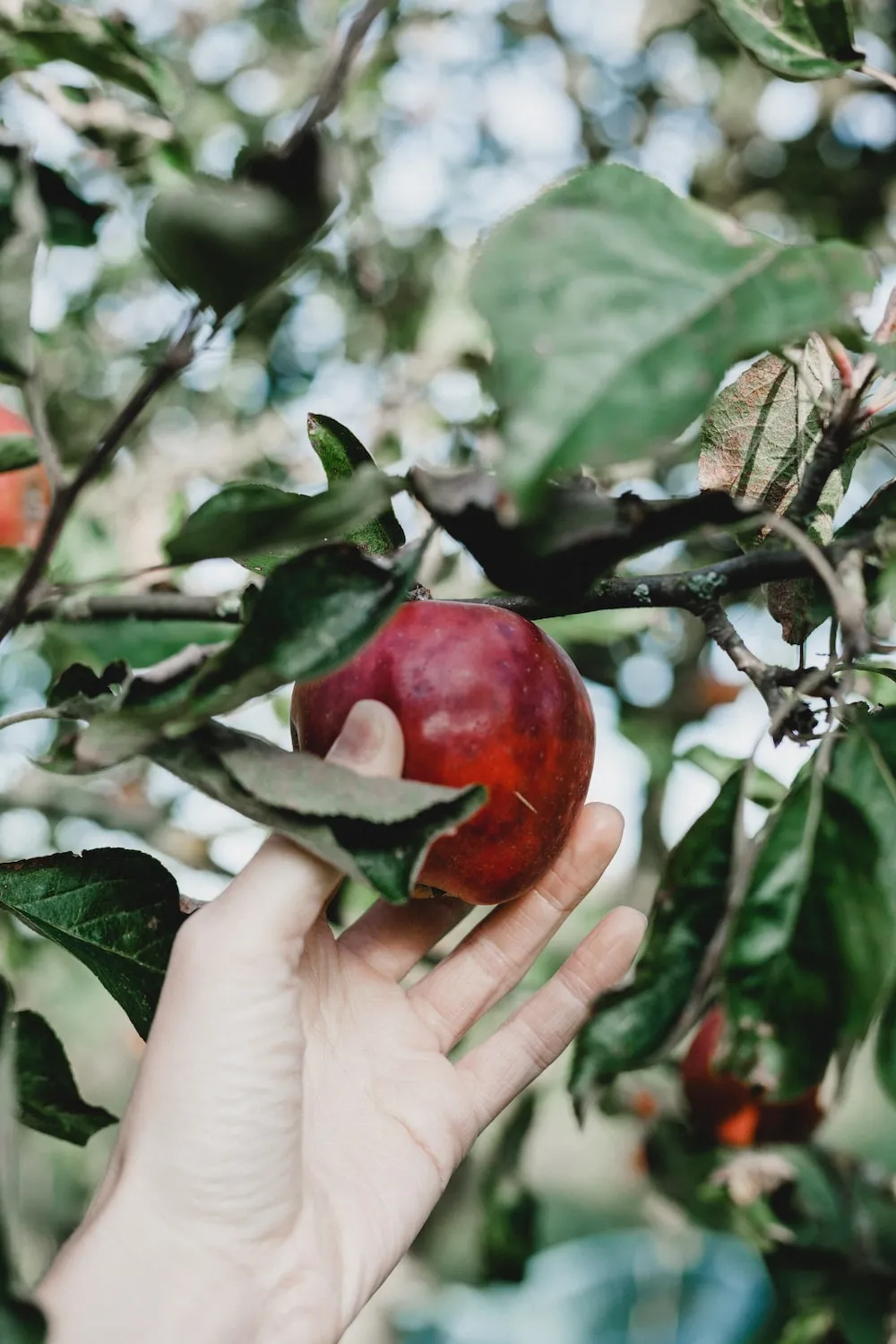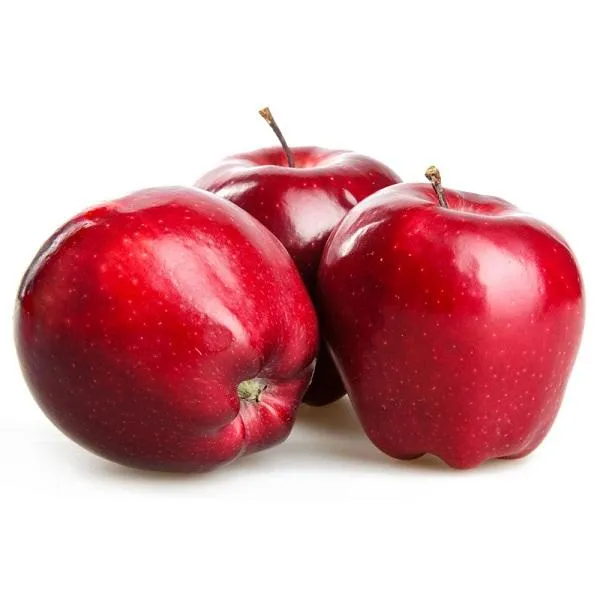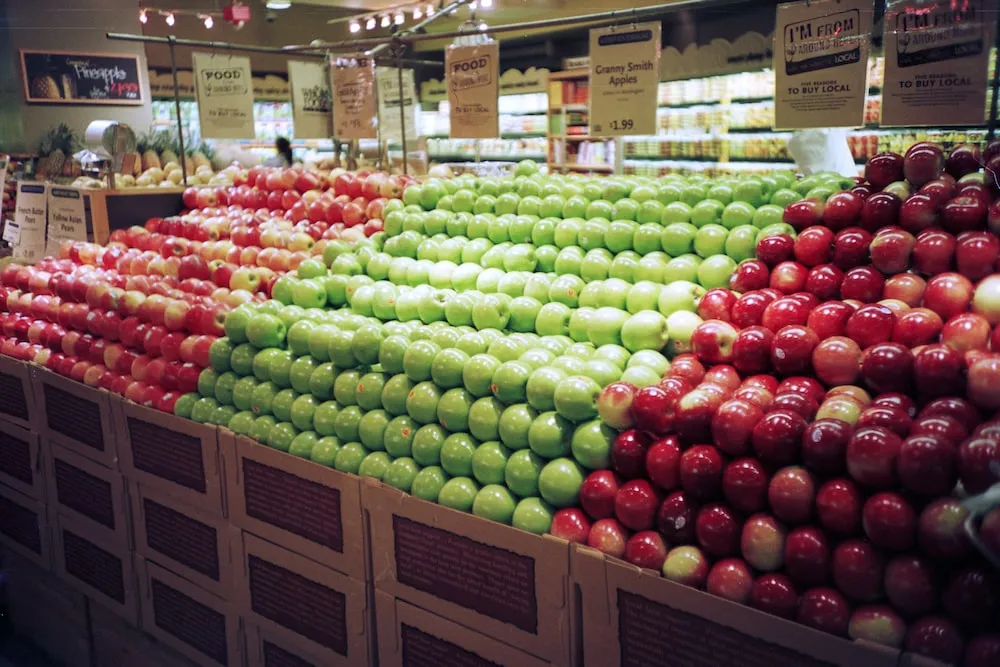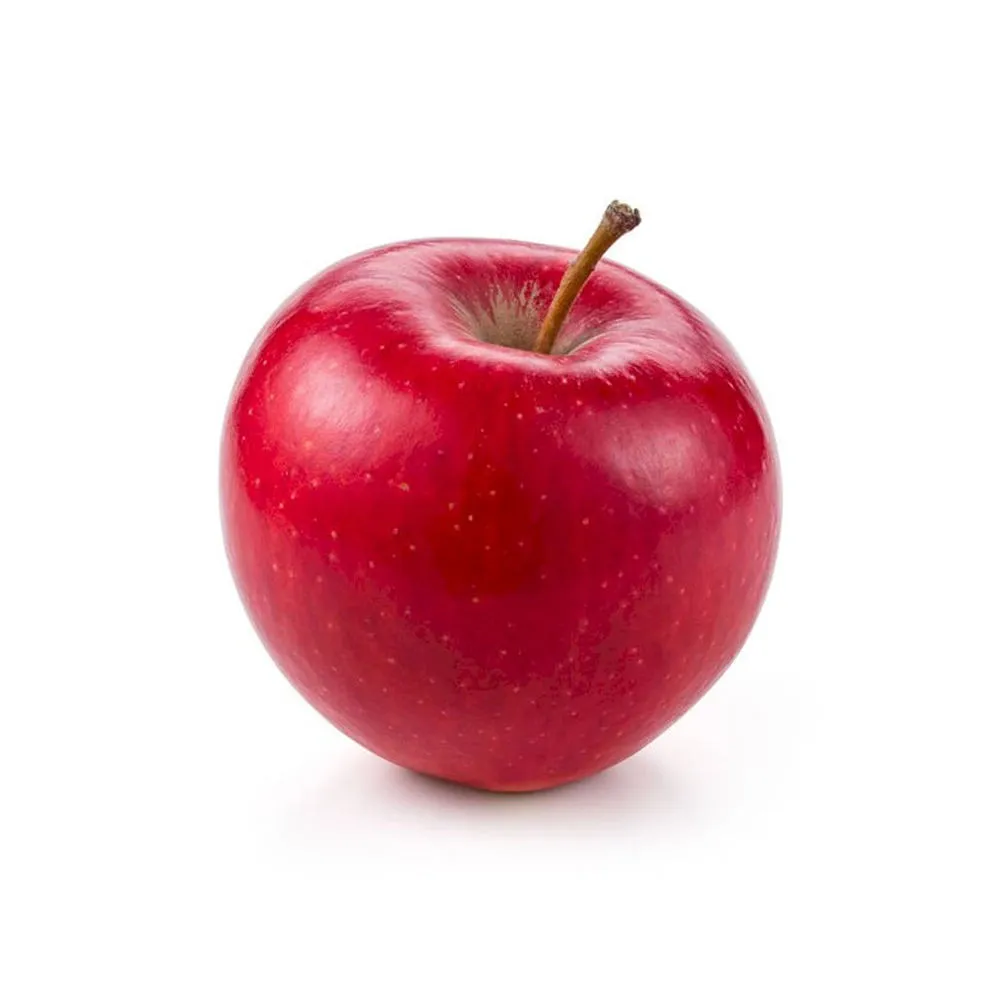Gala apples, known for their attractive appearance and sweet taste, have become increasingly popular among consumers in India. As a country with a huge consumer base, India presents a significant opportunity for farmers and retailers to capitalize on the demand for this delicacy. However, understanding the cost dynamics of Gala apples in India is crucial for businesses looking to make informed decisions. In this article, we will delve into the factors influencing the cost of Gala apples in India and explore the implications for businesses in the fruit industry.
Factors Influencing Gala Apple Costs in India
1. Domestic Production and Supply
The cost of Gala apples in India is influenced by the country’s domestic production and supply. India primarily cultivates apples in the states of Himachal Pradesh, Jammu and Kashmir, Uttarakhand, and certain parts of the northeastern region. Variables such as weather conditions, availability of land, and investments in apple orchards directly affect the domestic production. Insufficient domestic production could lead to increased costs due to the dependence on imported Gala apples.
2. International Trade and Import Duties
India imports Gala apples from countries like the United States, China, and New Zealand to meet the growing demand. The cost of importing apples depends on several factors, including tariffs, duties, transportation costs, and exchange rates. Changes in international trade policies and fluctuations in the value of currency can significantly impact prices, making Gala apples fluctuate in cost.
3. Harvesting and Processing Costs
The cost of harvesting and processing Gala apples in India includes expenses such as labor, storage, sorting, grading, and packaging. These costs contribute to the final price paid by the end consumer. The availability and cost of skilled labor, mechanization of the process, and technological advancements play a vital role in determining the overall costliness of Gala apples.
4. Storage and Transportation
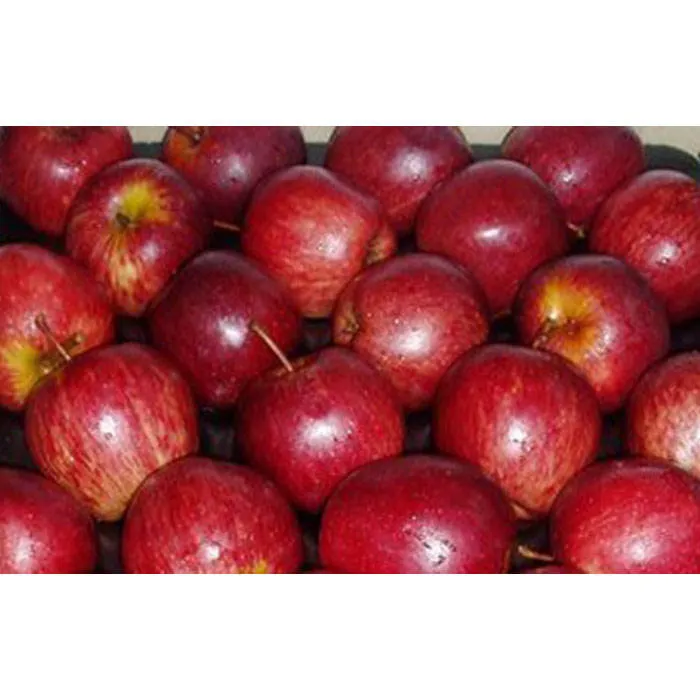
Proper storage and transportation facilities are crucial for maintaining the quality and freshness of Gala apples. Cold storage facilities, refrigerated transportation, and handling practices all add to the cost. The availability and efficiency of these facilities within the supply chain impact the price of Gala apples for businesses and consumers alike.
5. Market Demand and Competition
Market demand and competition significantly influence the pricing of Gala apples. When demand for Gala apples is high, businesses tend to charge premium prices. However, intense competition within the fruit industry can drive prices down. Market dynamics, consumer preferences, and purchasing power all play a role in determining the equilibrium between demand and price in the Gala apple market.
Implications for Businesses
Understanding the cost dynamics of Gala apples in India is vital for businesses operating in the fruit industry. By considering the factors outlined above, businesses can make informed decisions to strategize their operations effectively:
1. Sourcing Strategies
Businesses can carefully analyze domestic production and supply, keeping an eye on expected yields and quality. They can also assess the feasibility of importing Gala apples by considering factors such as tariffs, duties, transportation costs, and currency fluctuations. A well-informed sourcing strategy can help businesses optimize costs and maintain competitive pricing.
2. Optimal Harvesting and Processing Practices
Efficiency in harvesting and processing can be achieved through the adoption of advanced technologies and mechanization. Investing in infrastructure and storage facilities can also help businesses reduce post-harvest losses and maintain product quality. By streamlining these operations, businesses can bring down costs and enhance their competitiveness in the market.
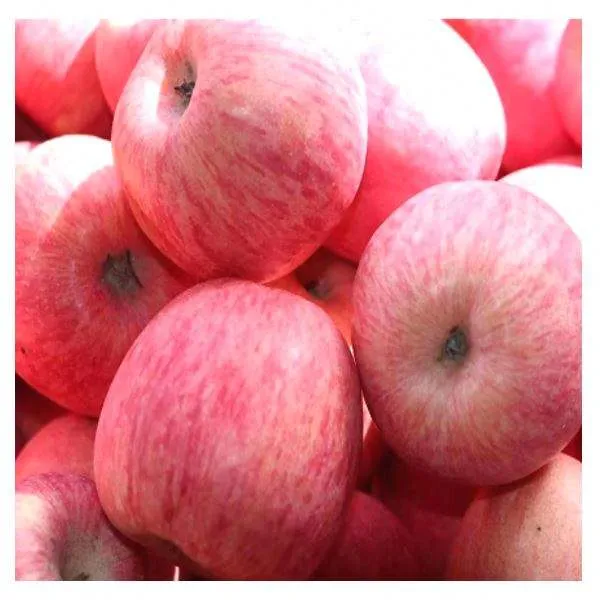
3. Supply Chain Management
Efficient supply chain management is crucial for minimizing storage and transportation costs. By leveraging integrated cold storage facilities, businesses can extend the shelf life of Gala apples and minimize losses. Collaborating with logistics providers to ensure timely and cost-effective transportation can help in stabilizing prices.
Conclusion
The cost of Gala apples in India is influenced by various factors such as domestic production, international trade, harvesting, processing, storage, transportation, market demand, and competition. Businesses operating in the fruit industry must carefully evaluate these factors to make informed decisions and optimize their operations. By understanding the cost dynamics of Gala apples, businesses in India can enhance their competitiveness, meet consumer demands, and thrive in the ever-evolving fruit market.4. Storage and Transportation
Proper storage and transportation facilities are crucial for maintaining the quality and freshness of Gala apples. Cold storage facilities, refrigerated transportation, and handling practices all add to the cost. The availability and efficiency of these facilities within the supply chain impact the price of Gala apples for businesses and consumers alike.
Storage plays a vital role in preserving the quality and shelf life of Gala apples. Cold storage facilities help maintain the apples at the optimum temperature, preventing spoilage and extending their freshness. However, the cost of operating and maintaining these facilities can be significant, leading to an increase in the overall cost of Gala apples. Additionally, the availability of cold storage facilities in close proximity to apple cultivation areas can also impact the transportation costs.
Transportation is another essential aspect of the cost equation. Apples need to be transported quickly and efficiently to ensure they reach the market in their optimal condition. Refrigerated transportation is often used to maintain the required temperature throughout the journey, but it comes at an added cost. Fuel prices, transportation routes, and the distance between the production areas and the market centers all contribute to the transportation costs. Efficient logistics management can help minimize these costs and ensure the timely availability of Gala apples to meet market demand.
5. Market Demand and Competition
The pricing of Gala apples in India is significantly influenced by market demand and competition. As Gala apples gain popularity among consumers, the demand for this variety increases. Businesses can capitalize on this demand by charging premium prices when there is limited supply. However, in a highly competitive market, where other apple varieties or imported apples are available, businesses may need to adjust their pricing to stay competitive.

Consumer preferences, purchasing power, and seasonal variations all play a role in determining the equilibrium between demand and price in the Gala apple market. It is essential for businesses to analyze market trends, consumer behavior, and competitors’ pricing strategies to set competitive prices and maximize profitability.
Implications for Businesses
Understanding the cost dynamics of Gala apples in India is vital for businesses operating in the fruit industry. By considering the factors outlined above, businesses can make informed decisions to strategize their operations effectively:
1. Sourcing Strategies
Businesses can carefully analyze domestic production and supply, keeping an eye on expected yields and quality. They can also assess the feasibility of importing Gala apples by considering factors such as tariffs, duties, transportation costs, and currency fluctuations. A well-informed sourcing strategy can help businesses optimize costs and maintain competitive pricing.
2. Optimal Harvesting and Processing Practices
Efficiency in harvesting and processing can be achieved through the adoption of advanced technologies and mechanization. Investing in infrastructure and storage facilities can also help businesses reduce post-harvest losses and maintain product quality. By streamlining these operations, businesses can bring down costs and enhance their competitiveness in the market.
3. Supply Chain Management
Efficient supply chain management is crucial for minimizing storage and transportation costs. By leveraging integrated cold storage facilities, businesses can extend the shelf life of Gala apples and minimize losses. Collaborating with logistics providers to ensure timely and cost-effective transportation can help in stabilizing prices.
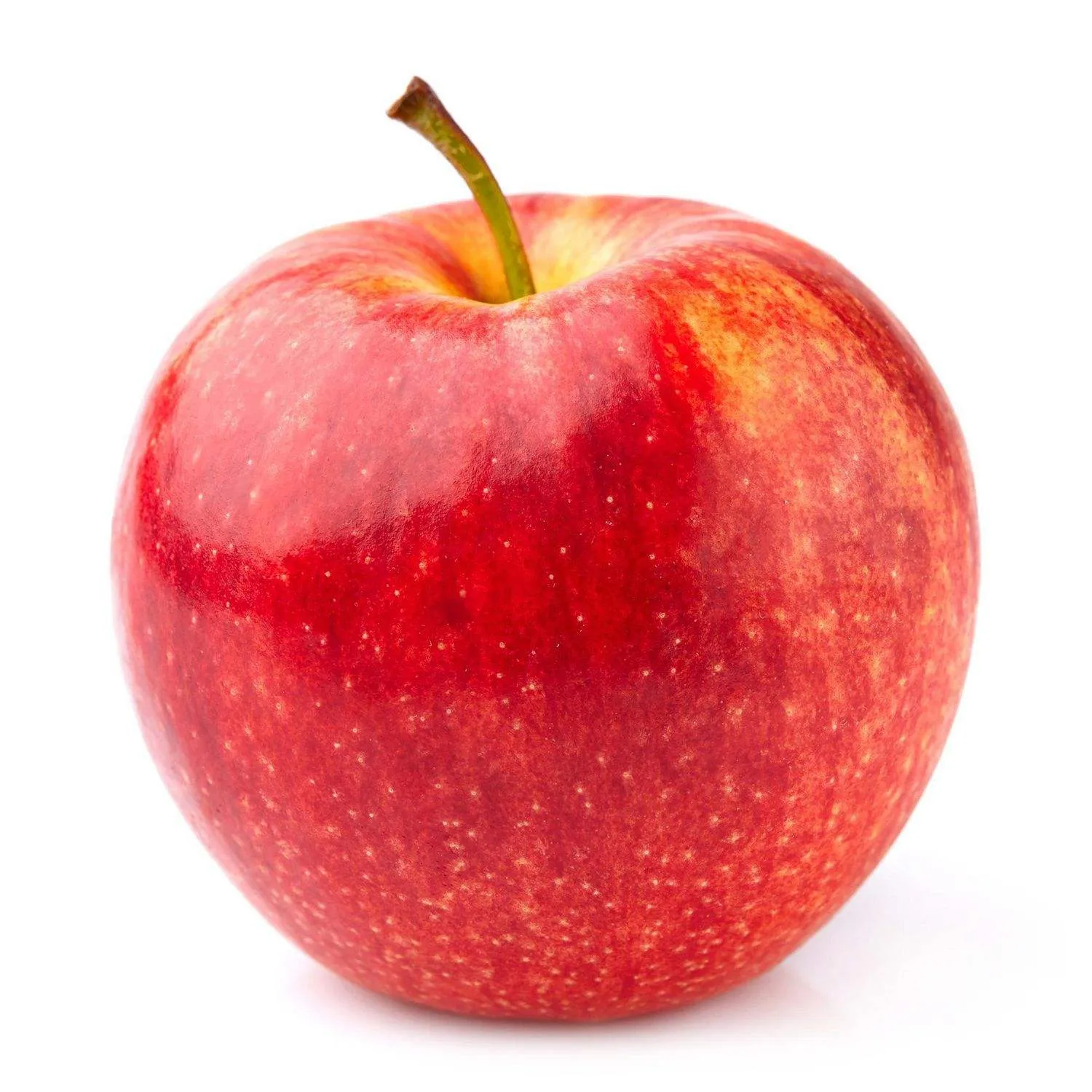
Conclusion
The cost of Gala apples in India is influenced by various factors, including domestic production, international trade, harvesting, processing, storage, transportation, market demand, and competition. Businesses operating in the fruit industry must carefully evaluate these factors to make informed decisions and optimize their operations. By understanding the cost dynamics of Gala apples, businesses in India can enhance their competitiveness, meet consumer demands, and thrive in the ever-evolving fruit market. By strategically sourcing, optimizing harvesting and processing practices, and effectively managing the supply chain, businesses can navigate the complexities of pricing Gala apples in India’s dynamic market landscape.


